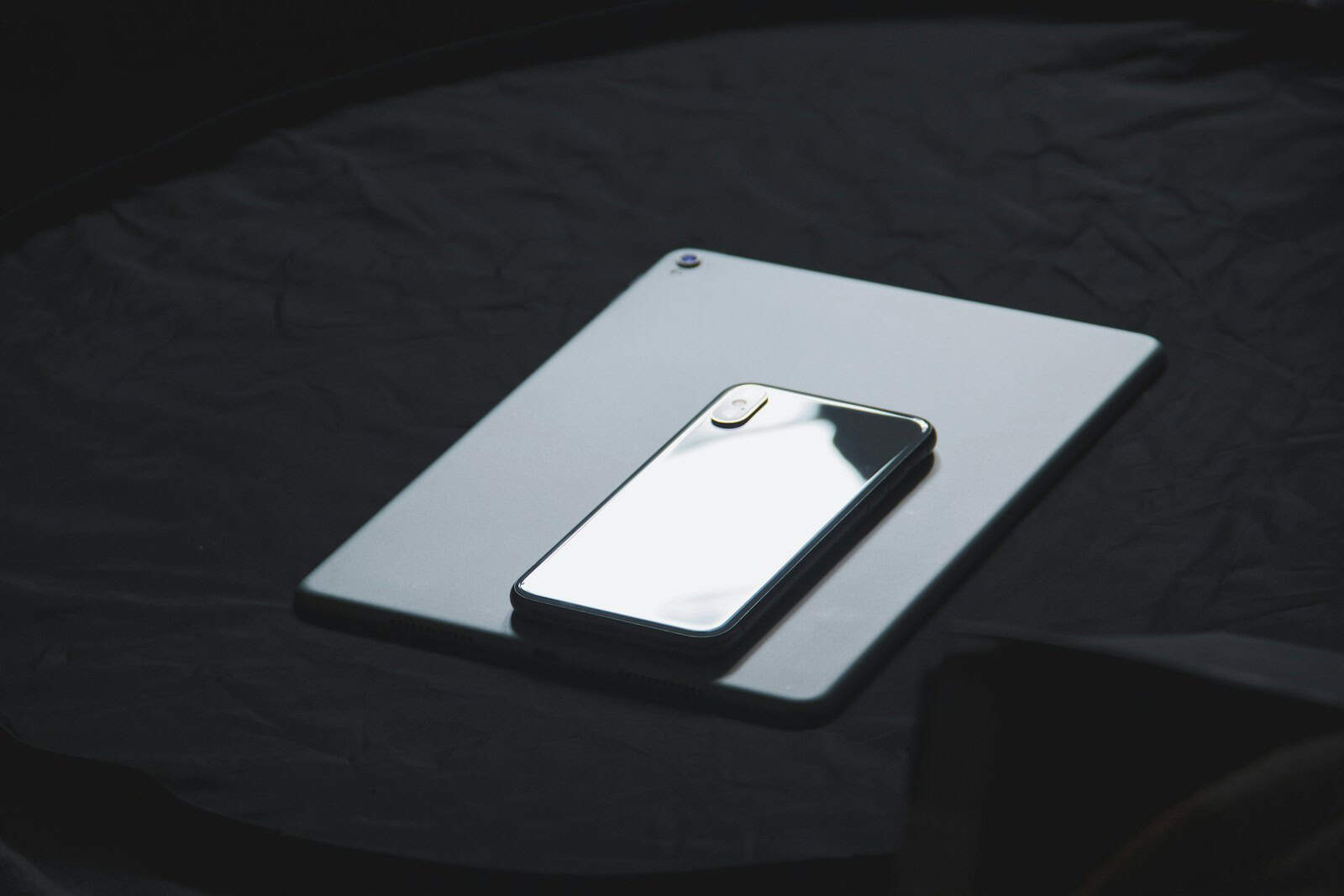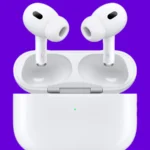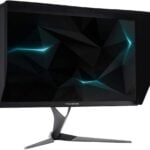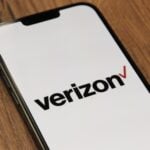Looking for an affordable way to stay connected in 2025? Whether you’re trying to save money, need an upgrade, or are eligible for assistance programs, there’s good news: several mobile carriers, retailers, and even government programs are offering free tablets and phones—sometimes both—just for signing up or qualifying through low-income criteria.
These offers are more generous and varied than ever, with some carriers bundling top-tier devices like the iPhone 16 Pro or Galaxy S25 Ultra with tablets, watches, and gift cards. Others, like AirTalk Wireless and StandUp Wireless, focus on serving eligible households through government-backed initiatives.
Here’s a look at the best deals right now, how to qualify, and how to take advantage of state and nonprofit programs that provide these devices free of charge.
Top Free Tablet and Phone Deals from Major Carriers
Verizon – Free Phone, Tablet, Watch & $300 Gift Card
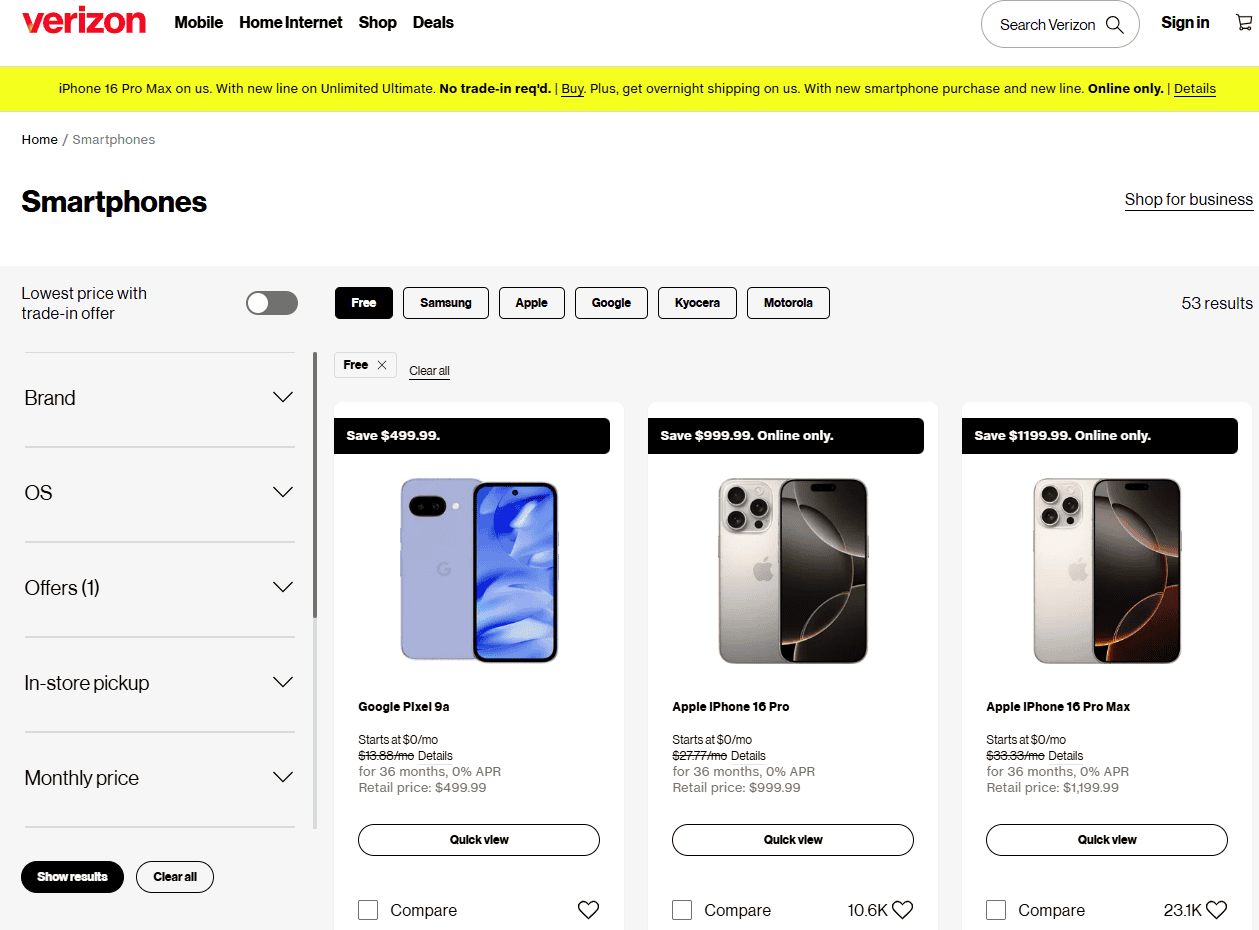
Verizon is going all out in 2025. When you sign up for a new line on the Ultimate Unlimited plan, you can get:
- A free Galaxy S25 Ultra or iPhone 16 Pro
- A free Galaxy Tab S9 FE or iPad
- A free Galaxy Watch 7 or Apple Watch
- A $300 Verizon e-gift card
Note: While the phone is entirely free, the tablet and watch require additional accessory lines ($10–$15/month each). Still, this is one of the most stacked bundles available today.
https://www.verizon.com/smartphones/?special-offers=Free
Metro by T-Mobile – 4 Free Phones + Streaming Perks
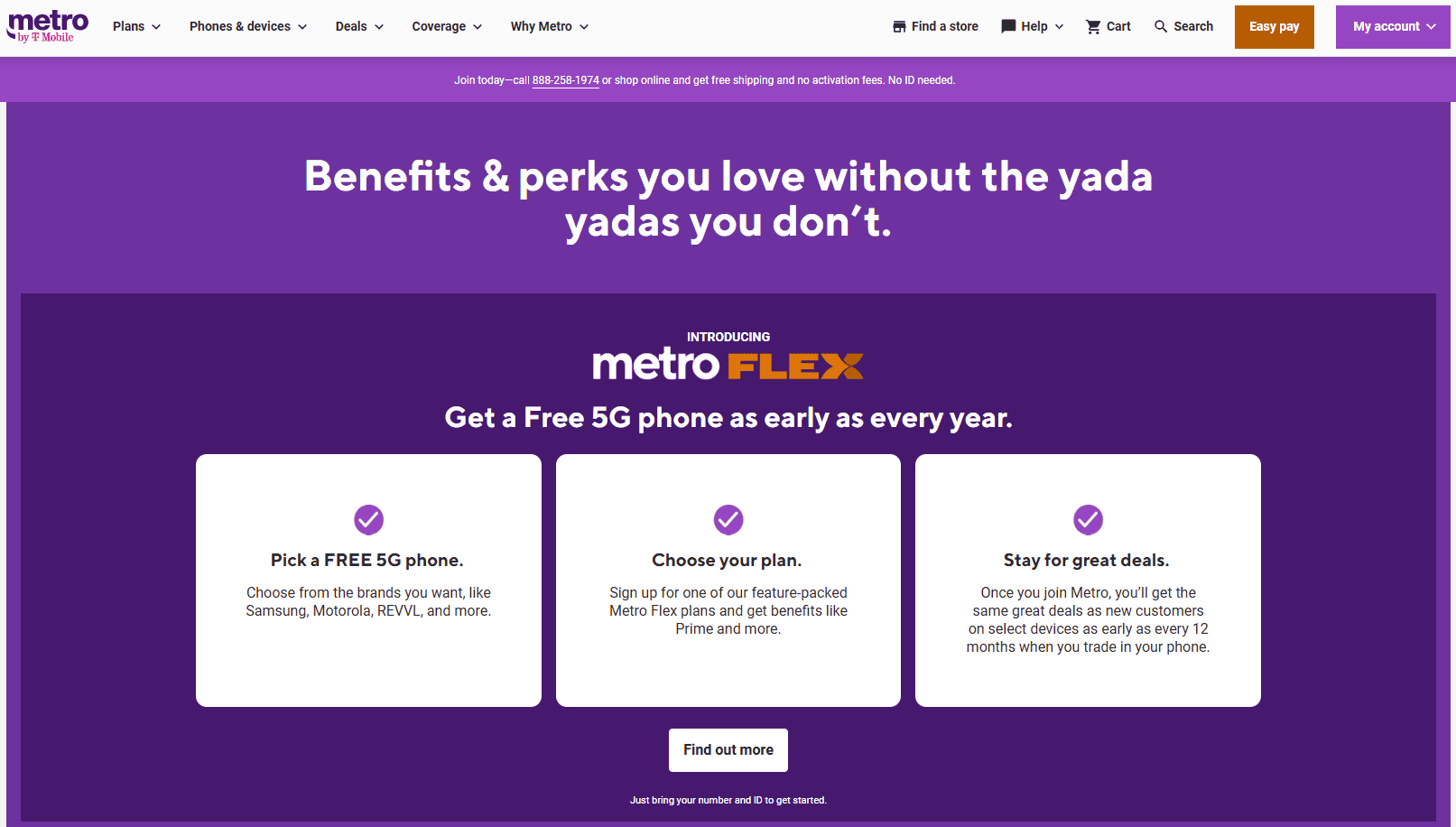
Metro is offering up to four free Samsung Galaxy A16 5G phones when you activate four lines under their Metro Flex Plus plan. This deal includes:
- Amazon Prime subscription
- 25GB hotspot data
- 100GB Google One cloud storage
It’s a great value for families or anyone needing multiple lines.
https://www.metrobyt-mobile.com/benefits
AT&T – Flagship Phones Free with Trade-In
AT&T offers devices like the iPhone 16 Pro, Pixel 9, and Galaxy S25 Ultra for free with an eligible trade-in. Requirements include:
- Signing up for an unlimited plan
- 36-month installment agreement
Although there’s no tablet in the bundle, these trade-in deals are the most accessible for those with an old device to offload.
T-Mobile – Ongoing Phone and Tablet Deals
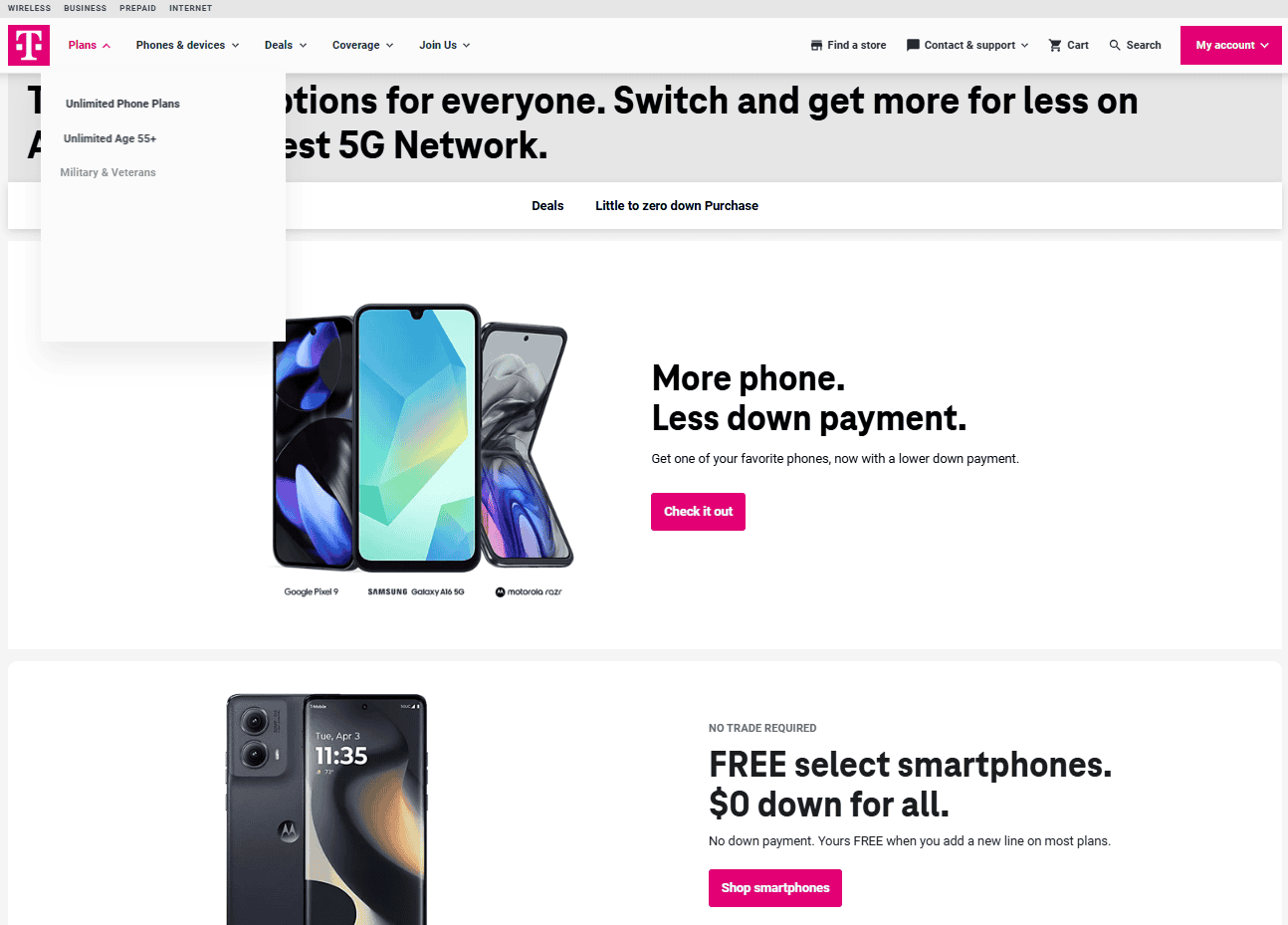
T-Mobile has ongoing promotions on phones like:
- Moto g
- Galaxy A16 5G
- Revvl 7 Pro 5G
- Nokia G310
T-Mobile has ongoing promotions on tablets like:
- Samsung Galaxy Tab A9+
- iPad (10th Gen)
The free offers usually apply when you add a new tablet line. These change often, so checking the latest offers on their website is advised.
https://www.t-mobile.com/switch/free-cell-phone-with-plan
Spectrum Mobile – Bring Your Own Tablet + Free SIM
Spectrum Mobile lets you bring your own tablet and get a free SIM card, sometimes offering discounted service when bundled with mobile phone plans. Look out for limited-time deals offering discounts or 0% financing.
Best Buy – Bundle Promotions & Gift Cards
Best Buy has in-store and online deals that sometimes include:
- Free tablets when bundled with phone purchases or activations
- Extra gift cards with device activation
- Monthly payment plans with $0 down
These vary week to week, so checking Best Buy’s promotions page frequently pays off.
🏛️ Government & Nonprofit Programs Offering Free Devices
Lifeline Assistance Program + ACP (Affordable Connectivity Program)
The Lifeline Program is a federal initiative offering free or discounted internet, smartphones, and tablets to low-income Americans. It’s available through providers like:
- AirTalk Wireless – Free 5G phone and tablet with unlimited talk, text, and data
- StandUp Wireless – Free tablet (with $10.01 co-pay), plus monthly data, talk, and text
To qualify, your household income must be at or below 135% of the federal poverty level, or you must participate in one of the following:
- Medicaid
- SNAP/EBT
- SSI
- Federal Public Housing Assistance
- Veterans Pension or Survivor Benefits
- Tribal programs
You can also qualify through the ACP, which often covers up to $30/month toward broadband service and sometimes includes a one-time device discount.
Pro Tip: You can apply directly through the National Verifier at https://www.affordableconnectivity.gov.
PCs for People
This nonprofit refurbishes donated electronics and offers:
- Free or low-cost tablets and laptops
- Discounted internet access for eligible families
You must qualify via income or enrollment in a government assistance program. Applications are submitted online, and devices are shipped directly.
EveryoneOn
EveryoneOn connects low-income families to internet service and discounted or free devices. It’s a great starting point for finding local nonprofit offers, school-based tablet programs, or library initiatives in your area.
✅ What to Know Before You Apply
- Eligibility matters: Government-backed programs have strict income and documentation requirements.
- Watch for hidden costs: Some “free” tablet deals still require a monthly line fee or activation charges.
- Device availability changes: Inventory may vary by provider and state.
- Be cautious of scams: Only apply through official websites or trusted carrier pages.
🧾 Final Tip: Always Read the Fine Print
Whether you’re going through a national carrier or a government program, read the details carefully. Some “free” devices might involve activation fees, commitments, or require co-payments. However, with the right plan or qualification, you could walk away with hundreds of dollars’ worth of tech—for free.
Staying connected in 2025 doesn’t have to cost a fortune. Whether you qualify for government programs or jump on a promotional bundle, there’s a deal out there to fit almost every situation.
Key Takeaways
- Free phone and tablet combos are available through government programs like Lifeline for income-eligible individuals.
- Qualification is based on income level or participation in assistance programs such as EBT.
- Free devices typically include 2 years of service with 5G LTE connectivity and no monthly bills.
Eligibility for Complimentary Tablets with Phone Bundles
Getting a free tablet with phone service depends on meeting specific requirements through government assistance programs or carrier promotions. These programs help make technology more accessible to those who need it most.
Understanding Federal Assistance Programs
Federal assistance programs provide technology access to low-income individuals and families. These programs include Lifeline, which offers discounted phone and internet services to qualifying customers.
To qualify for these programs, applicants must typically have income at or below 135% of the Federal Poverty Guidelines. Alternatively, participation in government assistance programs like Medicaid, SNAP (Supplemental Nutrition Assistance Program), or SSI (Supplemental Security Income) can establish eligibility.
Federal Public Housing Assistance and Section 8 housing recipients may also qualify for technology benefits. These programs recognize that digital access is becoming essential for education, employment, and healthcare.
The Affordable Connectivity Program (ACP) works alongside Lifeline to provide additional benefits, including tablet subsidies for eligible households.
Criteria for Free Tablet Eligibility
Carrier-specific requirements must be met to receive a free tablet with phone service. Verizon, for example, offers complimentary tablets to customers who meet certain conditions and typically sign up for specific data plans.
Common eligibility requirements include:
- Active participation in qualifying government assistance programs
- Income at or below program thresholds (typically 135-200% of Federal Poverty Guidelines)
- Proof of identity and address verification
- New line activation or plan upgrade in many cases
Documentation needed often includes:
- Government-issued ID
- Proof of income or program participation
- Recent utility bills for address verification
- Social Security Number
Some carriers require maintaining service for a minimum period to keep the tablet without additional charges.
Lifeline Program and Supplemental Services
The Lifeline Program forms the foundation for many free tablet offerings. This federal initiative provides discounted phone and internet services to low-income consumers.
When combined with carrier-specific promotions, Lifeline participants can often receive a free tablet with their service plan. Some providers allow customers to benefit from both Lifeline and other government programs simultaneously, maximizing available benefits.
Participants must recertify their eligibility annually to maintain benefits. Failure to recertify can result in loss of services and potential charges for previously provided equipment.
The ACP supplement to Lifeline provides an additional discount that can be applied toward tablet purchases. This combination of programs helps bridge the digital divide by making tablets more accessible to those with limited financial resources.
Technological Aspects of Tablets and Phones Offered
The devices provided through free phone and tablet programs come with various specifications and features designed to meet basic connectivity needs. These technological aspects determine how useful these devices will be for everyday tasks like job searching, education, and staying connected.
Tablet Specifications and Features
Free tablets typically offer modest but functional specifications. Most come with Android operating systems and feature 8-10 inch screens with at least 720p resolution. RAM typically ranges from 2GB to 4GB, which handles basic multitasking but may struggle with more demanding applications.
Storage capacity usually starts at 16GB, with some newer models offering 32GB. Many devices include expandable storage via microSD cards. Battery life averages 6-8 hours of active use, sufficient for daily tasks but not extensive media consumption.
Camera quality varies, with most featuring 5-8MP rear cameras and 2-5MP front cameras for video calls. Connectivity options include Wi-Fi capability, with some models offering 4G LTE support for mobile data when Wi-Fi isn’t available.
Selecting the Right Android Device
When receiving a free Android device, users should consider their specific needs. Galaxy Tab models from Samsung typically offer better build quality and longer software support compared to generic brands. Google Pixel devices, though less common in free programs, provide a clean Android experience with faster updates.
Battery life varies significantly between models. Budget tablets may only last 5-6 hours, while better-quality devices can reach 8-10 hours of mixed use. Screen quality is another important factor – higher resolution displays make reading easier and videos more enjoyable.
For those using the device for job searching or education, ensure it has enough RAM (at least 3GB) to handle multiple applications. Check if the tablet supports the latest Wi-Fi standards for faster internet connectivity when available.
Benefits of Integrating Tablets with Phone Deals
Combining free tablets with phone deals creates a versatile technology ecosystem. Users can leverage the larger screen of tablets for applications that benefit from additional display space, such as online learning, document creation, and video conferencing.
With proper integration, notifications can be synchronized between devices, ensuring important messages aren’t missed. Many services allow seamless transitions – users can start tasks on their phone and continue on their tablet without disruption.
Data sharing between devices is another significant advantage. When both devices are from the same program, they often include complementary data plans or can share a single plan. This maximizes connectivity while minimizing costs.
For families receiving support through programs like food stamps, having both devices enables multiple family members to access essential services simultaneously. Children can complete schoolwork on tablets while parents use phones for job applications or scheduling appointments.
Frequently Asked Questions
Many consumers have questions about obtaining free tablets with phone services through government programs and wireless providers. Here are answers to the most common inquiries about eligibility, application processes, and benefits.
What eligibility criteria must be met to receive a free government phone and tablet combo?
To qualify for a free government phone and tablet combo, individuals must typically participate in government assistance programs such as SNAP, Medicaid, SSI, or Federal Public Housing Assistance. Income eligibility is another pathway, with households at or below 135% of the Federal Poverty Guidelines generally qualifying.
Some providers may have additional requirements specific to their programs. Documentation proving eligibility is required during the application process.
How can one apply for a SafeLink Wireless free phone and tablet?
Applying for SafeLink Wireless free phone and tablet services begins with visiting their official website or calling their customer service number. Applicants need to complete an online form with personal information and proof of eligibility.
Required documents typically include a government-issued ID and proof of participation in qualifying assistance programs. After submission, applications are usually processed within 7-10 business days.
What is included in the free tablet offers from wireless providers like Q Link Wireless?
Free tablet offers from providers like Q Link Wireless typically include an Android tablet with basic specifications suitable for everyday use. These tablets usually come with 8-10 inch screens and built-in Wi-Fi capability.
The package generally includes a charging cable and basic accessories. Some providers include limited data plans specifically for the tablet, while others may offer the tablet as a companion device to a free phone service.
How does the government’s Affordable Connectivity Program (ACP) relate to free phone and tablet distribution?
The Affordable Connectivity Program (ACP) provided a subsidy of up to $30 per month for internet services for eligible households. Some providers used this benefit to offer free or heavily discounted phones and tablets to qualified customers.
The ACP has ended as of June 1, 2024, due to lack of additional funding from Congress. This has significantly impacted the availability of free tablet and phone programs that relied on these subsidies.
What verification processes are in place to ensure the legitimacy of free tablet and phone programs?
Legitimate free tablet and phone programs require applicants to verify their identity through government-issued identification. Income verification or proof of participation in qualifying government assistance programs is mandatory.
The Federal Communications Commission (FCC) oversees these programs to prevent fraud. Consumers should be wary of any program that doesn’t require proper verification or asks for payment, as these are potential scams.
Are there any free government phone and tablet plans that come with unlimited data?
Most free government phone and tablet plans offer limited data rather than unlimited plans. Typical offerings include 4-15 GB of high-speed data per month, after which speeds may be reduced.
Some providers advertise “unlimited” plans, but these usually have data caps on high-speed access. Voice and text services are more commonly unlimited than data in these government-subsidized programs.

